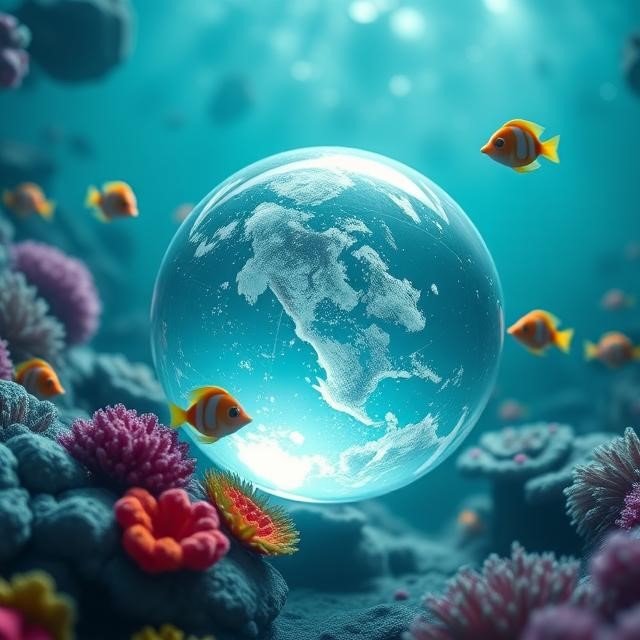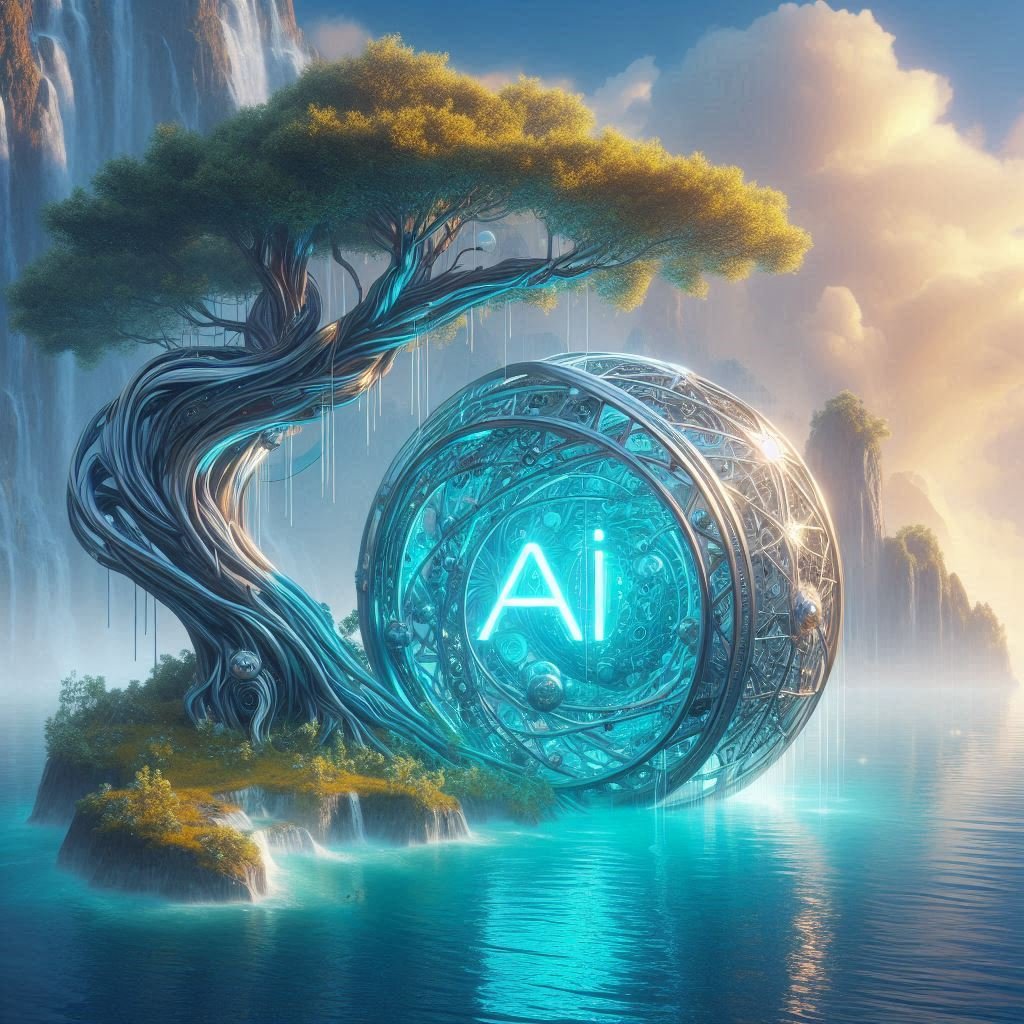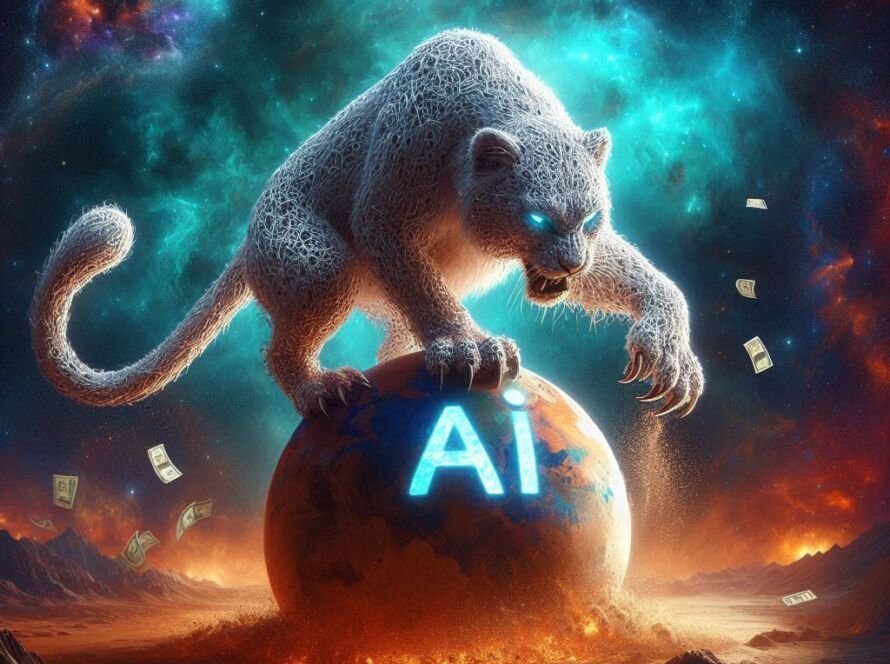Can AI Art Be Used as an Alternative Therapy Method?
Discover how AI art can serve as an alternative therapy method, helping individuals manage stress, anxiety, and emotional well-being through creative expression.
Introduction
The world of AI art is expanding rapidly, and with it comes an innovative way to explore alternative therapy methods. Creativity has always been a powerful tool for emotional healing, and now, with AI-generated art, individuals can experience the benefits of artistic expression without traditional artistic skills. But can AI art truly be an effective alternative therapy method? This article delves into the science, benefits, and practical applications of using AI-generated art for mental and emotional well-being.
The Science Behind AI Art as Therapy
Creative expression has long been recognized as a valuable alternative therapy method for mental health. Studies show that engaging in art can reduce cortisol levels, a marker of stress, and increase dopamine, the brain’s feel-good chemical. With AI art, individuals can participate in therapeutic creativity without fear of judgment or technical limitations.
By leveraging AI-generated art, users can access digital creativity tools that enable self-expression, making AI art therapy accessible to people of all skill levels. This democratization of artistic therapy fosters inclusivity, allowing individuals to harness the therapeutic potential of visual expression.

How AI Art Enhances Emotional Well-being
Stress Reduction: Creating AI-generated art can serve as a mindful activity, promoting relaxation and reducing stress. AI-powered platforms provide users with instant feedback, helping them focus on the present moment, much like traditional meditation techniques.
Boosting Self-Esteem: Engaging in AI art therapy allows individuals to create unique artwork without the fear of failure. This fosters a sense of achievement, increasing self-confidence and personal satisfaction.
Emotional Processing: Many people struggle to express their emotions verbally. AI-generated art provides a visual medium to externalize thoughts and emotions, offering a form of catharsis through creative therapy.
Encouraging Neuroplasticity: Engaging with AI art tools stimulates different areas of the brain, promoting cognitive flexibility and enhancing neural connections. This makes AI-driven creativity a promising aid for those recovering from trauma or neurological conditions.
Who Can Benefit from AI Art Therapy?
Individuals with Anxiety and Depression: Using AI-generated art as an alternative therapy method can provide emotional relief and distraction from negative thoughts.
Neurodivergent Individuals: Many people with autism, ADHD, or other neurodivergent traits find comfort in structured, creative activities. AI art therapy offers a safe and engaging way to channel focus.
Seniors and Dementia Patients: Studies indicate that engaging in artistic activities, including AI-driven creativity, can slow cognitive decline and enhance quality of life.
People in High-Stress Professions: Professionals in demanding fields can use AI-generated art for stress management and relaxation.
Comparing AI Art with Traditional Art Therapy
While traditional art therapy involves a hands-on approach with paints, clay, or drawing, AI-generated art offers a digital alternative therapy method that eliminates material barriers. The ease of access provided by AI creativity tools makes AI art therapy more inclusive and convenient.
However, traditional art therapy involves a human therapist who guides the creative process, offering insights into emotional expressions. While AI art cannot fully replace human-led therapy, it can complement existing practices, offering an accessible self-help tool for creative healing.
Popular AI Art Tools for Therapy
Several AI-driven creativity platforms provide accessible ways to explore AI art therapy:
Deep Dream Generator: This tool transforms images into surreal artwork, helping users explore subconscious imagery.
NightCafe Studio: Offers an intuitive interface to create AI-generated art in various styles, making it an excellent tool for relaxation.
Dream by Wombo: Allows users to enter prompts and generate dream-like visuals, aiding in emotional expression.
DALL·E: A powerful AI image generator that lets users create unique visuals from text descriptions, encouraging digital creativity.
Practical Applications of AI Art Therapy
Journaling with AI Art: Integrate AI-generated art into a daily journal to visualize emotions and track mental well-being.
Therapeutic Storytelling: Use AI-driven creativity to generate images that correspond to personal stories or experiences.
Meditative Art Sessions: Dedicate time to generating AI art in a calming environment, much like guided meditation.
Therapy Support: Counselors can incorporate AI-generated art into their sessions to help clients explore emotions in non-verbal ways.
Ethical Considerations and Limitations
While AI art therapy presents numerous benefits, there are ethical concerns regarding AI’s role in emotional support. AI lacks emotional intelligence and cannot replace a trained therapist. Additionally, users should be aware of privacy concerns when using AI-generated creativity tools online. Ensuring that AI platforms prioritize user security is essential for ethical implementation.

Conclusion
So, can AI art be used as an alternative therapy method? The answer is a resounding yes, though it works best as a supplement to traditional approaches. AI-generated art enables individuals to engage in therapeutic creativity, promoting relaxation, emotional processing, and self-expression. Whether used for stress relief, cognitive enhancement, or artistic enjoyment, AI art therapy is paving the way for a more accessible and inclusive future in mental well-being.
As technology evolves, AI-driven creativity will continue to play a vital role in holistic healing. By integrating AI art therapy into self-care routines, individuals can harness the power of digital creativity for emotional resilience and personal growth.
What's your reaction?
Jori Angelo
Hi, my name is Jouri. I'm a web designer, currently studying software engineering for my bachelor's degree. You might be wondering: What's a computer science major doing in artificial intelligence? I started studying computer science because it's practical and because I'm good at it. But if I had the chance, I'd choose writing as a career. I build worlds and describe names simply because they sound pretty. That's why I'm here.


